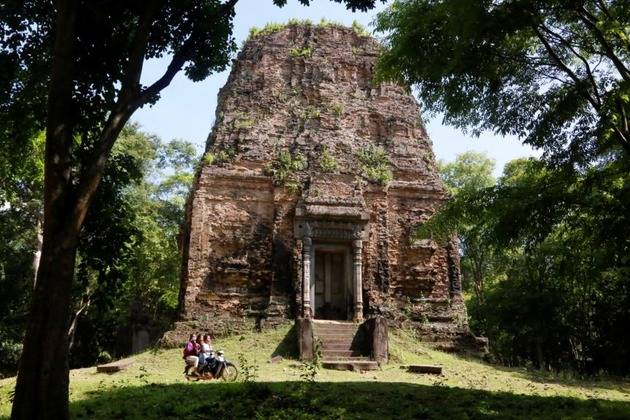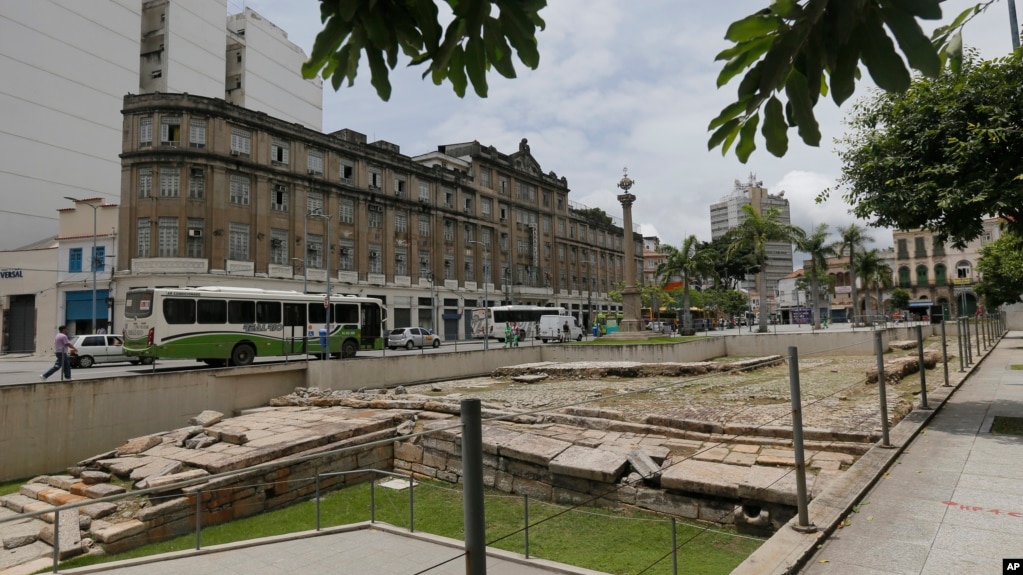The Baiter
Member
- Aug 17, 2009
- 40
- 2
- 6
Will someone find a way to blame the dreaded Joo's for this fiasco?
BBC News - Roman remains in York are 'elite' African woman
Roman remains in York are 'elite' African woman
Archaeologists have revealed the remains of what they say was a "high status" woman of African origin who lived in York during Roman times.
Academics say the discovery goes against the common assumption that all Africans in Roman Britain were low status male slaves.........
BBC News - Roman remains in York are 'elite' African woman
Roman remains in York are 'elite' African woman
Archaeologists have revealed the remains of what they say was a "high status" woman of African origin who lived in York during Roman times.
Academics say the discovery goes against the common assumption that all Africans in Roman Britain were low status male slaves.........





